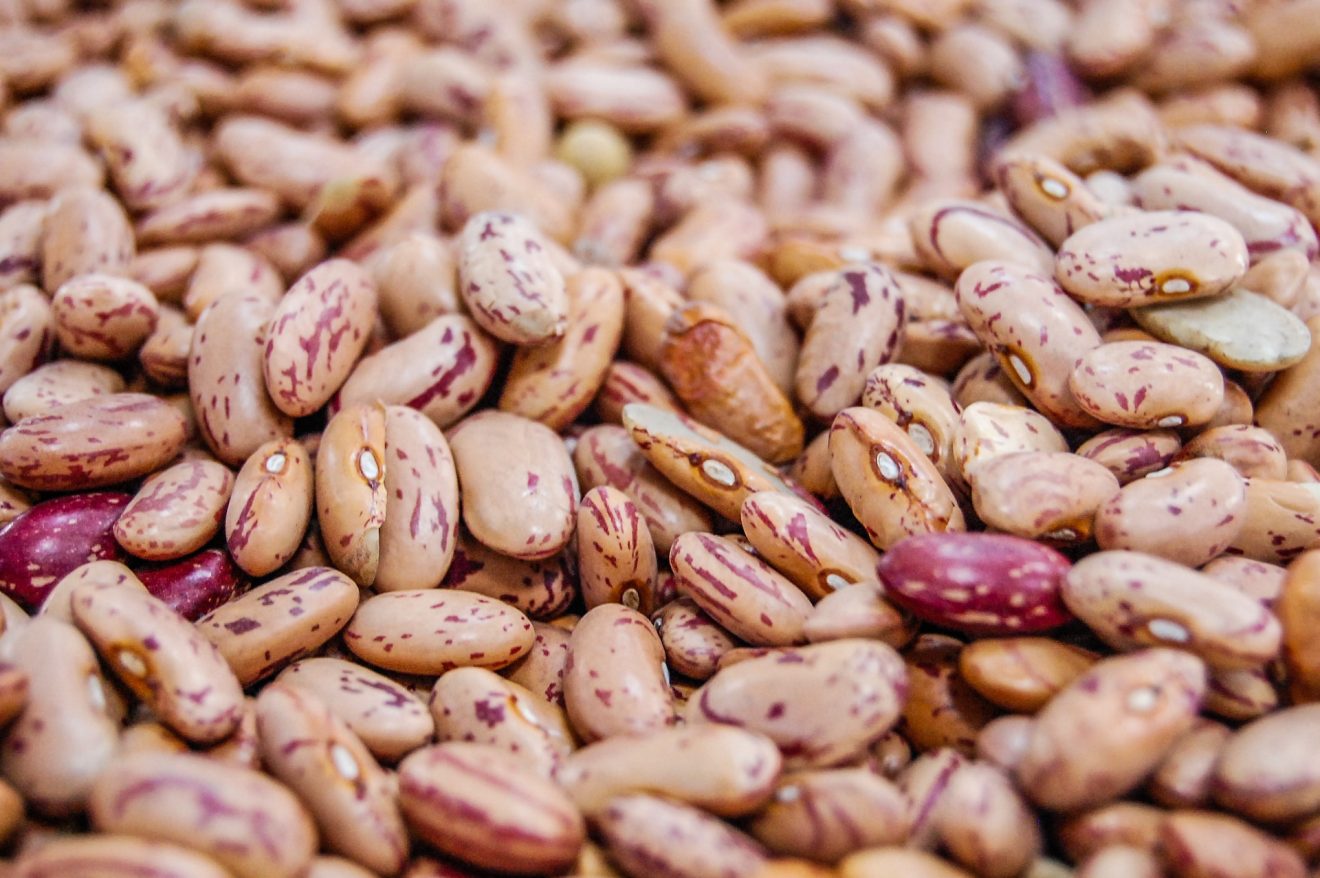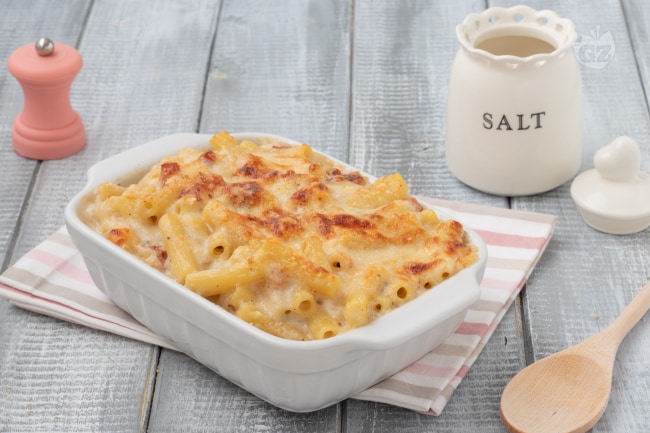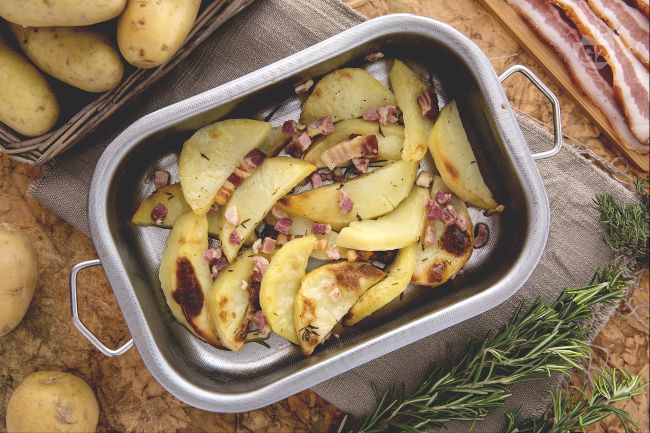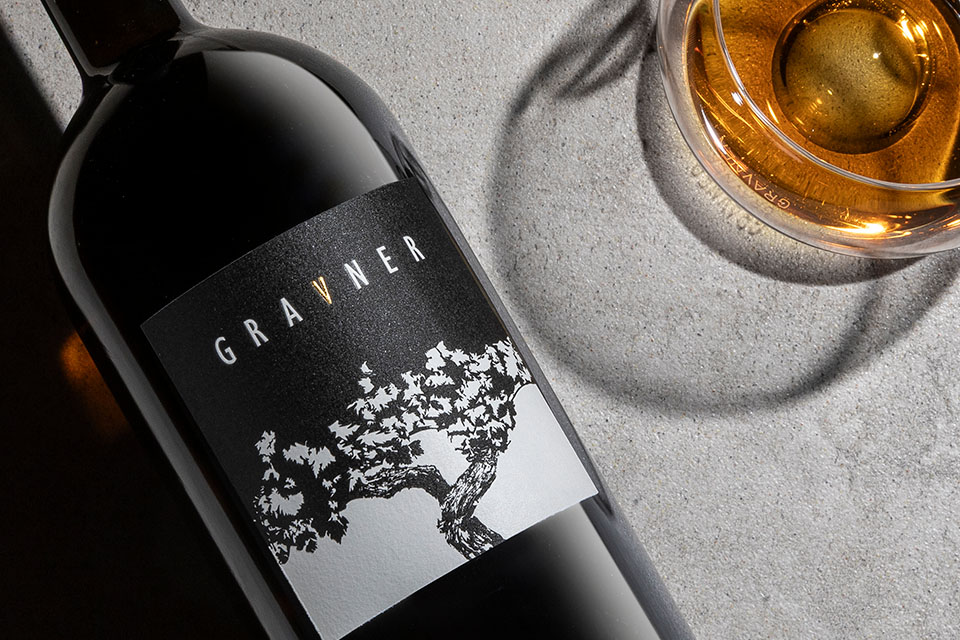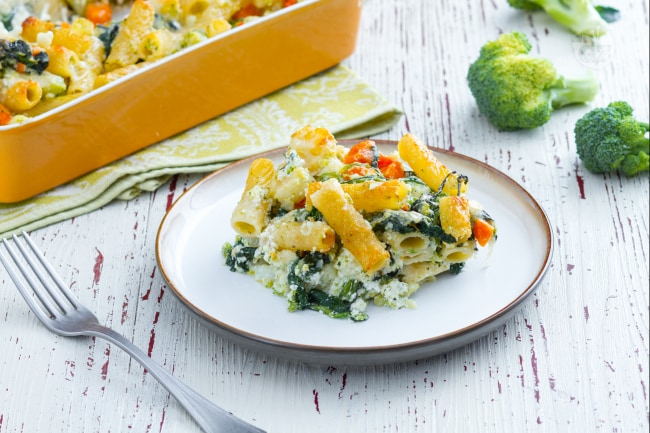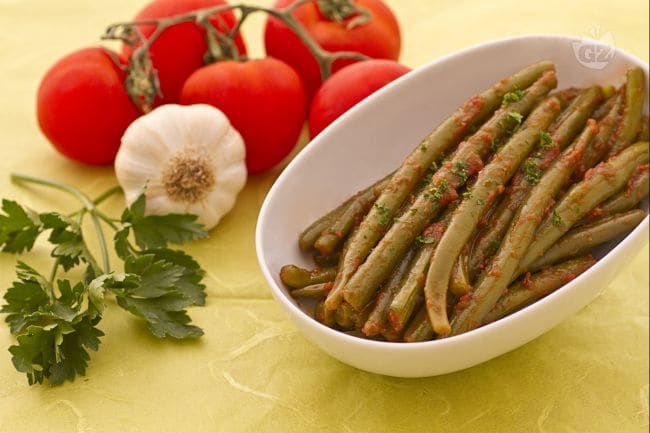by Daniela De Morgex
“Each wine must be the son of its own territory and not the son of someone else, it must act with its own strength, it must make constructive, and not copying, comparisons with its own history. Without awe, create your own team.”
In Italy there are some areas particularly suited to sparkling wines, where true excellences are produced that have nothing to envy of their cousins beyond the Alps: one of these is the Oltrepò Pavese area, in the past a focal point for trade control. A very vast borderland at the crossroads of 4 regions, in the shape of a triangle with the southern tip towards the Apennines, so much so that Gianni Brera defined it as “a province in the shape of a cluster”.
We are talking about 13,000 hectares over an extension of 35 km. for 30, 4 valleys, 51 municipalities and 1700 companies. Nonetheless, it is a territory with a precise identity, which should be visited and discovered calmly and with time available. Among other things, it is located right on the famous 45th parallel, which throughout the world is synonymous with great wines (even if here, compared to other areas, the difference is climatic with intense rainfall that decreases moving eastwards).
The original genotypes of Pinot noir were probably imported here from France or the Austro-Hungarian kingdom: the modern Pinot noir in fact comes from the post-phylloxera selections of those initial strains and today the Oltrepò Pavese constitutes the 3rd Pinot noir district in the world in terms of hectares of vineyards.
The first certain data relating to the production of sparkling wine in the Oltrepò Pavese dates back to 1870 when the engineer. Domenico Mazza of Codevilla began the production of Champagne beyond the Alps, a term granted at the time. In fact, it was in the early 1900s that, on the initiative of some sparkling wine companies, Pinot noir spread more widely in the Oltrepò Pavese, discovering an area very suitable for its breeding, until in 1930 the La Versa cooperative winery began producing sparkling wine professionally. Later it was the Società Vinicola Italiana of Casteggio that was the first to produce and export classic method sparkling wines to the United States.
The great Piedmontese wine houses purchased the musts here which they then vinified in the most renowned territories of Asti and Monferrato until in the 1960s when local companies decided to move on to the production of sparkling wine bases: there were optimal conditions for doing so, both from the climate and that of the soil, made up of marl, limestone and chalk present on approximately 3000 hectares up to 600 m. of altitude. We can distinguish two macro areas, a lower more clayey one and a higher one with a greater presence of limestone.
During the third edition of the event “Oltrepò Pavese, land of Pinot noir”, an event dedicated again this year to the best expressions of the great vine at the Antica Tenuta Pegazzera in Casteggio (PV), 33 wineries presented their excellences in a walk around tasting aimed at Italian and foreign journalists and sector operators, with the opening speech of the President of the Consortium Gilda Fugazza and the Director of the Consortium Carlo Veronese. A selection of labels was then presented during two thematic masterclasses, dedicated respectively to the Oltrepò Pavese DOCG Metodo Classico Pinot Noir conducted by the journalist and author of Intravino, Jacopo Cossater as well as the Director Veronese, and to the Pinot Noir dell’Oltrepò Pavese DOC , led by wine speaker journalist Filippo Bartolotta.


With the introduction of the new specification, still being examined by the European Union, for the classic method the name will change to “Oltrepò Docg classic method”: the grapes used will be pure Pinot noir, the aging on the yeasts will go from 18 to 24 months, which will become 36 for the Vintages, and the Riserva will be introduced which will have to refine for at least 48 months. During the blind tasting of the Classic Method Pinot noir, the sparkling wines with long periods on the yeasts – which with the new specification should become Reserve – still appeared weak, with a thin structure, while on the contrary the Cruasé was very interesting: it is a classic method rosé DOCG unique by name and territory, a collective brand that since 2009 identifies the only DOCG classic method rosé sparkling wine of the territory obtained from the vinification of at least 85% Pinot noir grapes.
With a current production of around 60,000 bottles, Cruasé was born at a time when there was no demand for rosé sparkling wine, which has increased significantly in recent years. A beautiful product on which the Consortium and the producers should focus more: with such an intriguing name – which derives from the union of the French terms CRU (selection) and ROSE’ (rosé) – today it would certainly receive a great response from the public but I believe it is not effectively used by marketing in product communication. Vinified by a few companies, Cruasé represents 20% of the DOCG quantity: Tenuta Travaglino and Monsupello were among the first companies to produce Cruasé, placing their best Pinot noir vineyards at the center of the project. The Cruasé undergoes soft pressing and brief contact with the skins, rests on the yeasts for a minimum of 24 months (but often much longer) and, to be regulated, is offered in brut and extrabrut typologies: in fact pas dosé rosés are mainly liked by professionals while the end user seems to prefer “softer” typologies.
But the objective of this rosé is to highlight, beyond the creaminess of the sip, also elements such as flavor and freshness, therefore presenting itself with more citrus tones and more bitter tasting notes. Rejecting opulence, it presents itself as a vertical, flowing and more contemporary wine.
*********
In the Oltrepò Pavese, Pinot noir is obviously also vinified in red, but for a shorter time and on an area of only 500 hectares, reaching significant numbers only in the last decade thanks both to the many local companies that have focused on rigorous breeding methods, and to the rules established by the latest regulations in force.
Once upon a time, as many as 225 native vines were grown in these lands. Thanks to the variety of soils and exposures, as well as a great biodiversity, the ampelographic range of the Oltrepò is still wide: today there are just over 10 the most widespread vines, but the production of very typical wines such as Bonarda continues. or the Blood of Judah. The companies are historic but have also been able to enhance their productions through appropriate innovations; in the end various styles coexist but without significant basic differences, while winemaking now almost always takes place in steel and concrete. Considering that the history of each winery is always accompanied by an emotional value that goes beyond the gustatory response of its wines, I think that every producer should have the opportunity to tell his story, without however ever forgetting the fact that a territory with many wines it then becomes a difficult territory to communicate.
Zoning are generally useful tools for producers as they select the most suitable territories for each vine, it follows that the best results occur on restricted denominations. In Oltrepò, however, Pinot noir can be grown anywhere: the Consortium intends to intervene with zoning when the DOCG production numbers become greater. To date, the total production of the Oltrepò Pavese DOC amounts to approximately 26 million bottles, while that of the DOCG sparkling wines is 560,000: Pinot noir is grown on 2800 hectares, of which only 800 can be claimed as Docg, but the reality is that many companies prefer not to use the highest denomination, thus distorting the actual final production numbers.
Having said that, for the Oltrepò Pavese area the 2023 vintage promises to be not bad: unlike the Centre-South which is more plagued by rain, hail and then heat and downy mildew, this area has probably reacted differently being more accustomed to rainfall intense rainfall and thus managing to opt for more suitable agronomic choices. In general, exports were definitely penalized due to lower volumes, but better quality: this seems to be the trend of the current vintage, with a Pinot noir with high levels of acidity which portend glasses of great freshness.










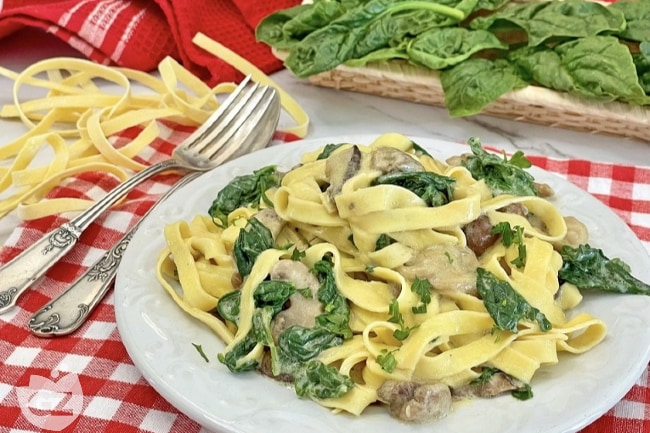
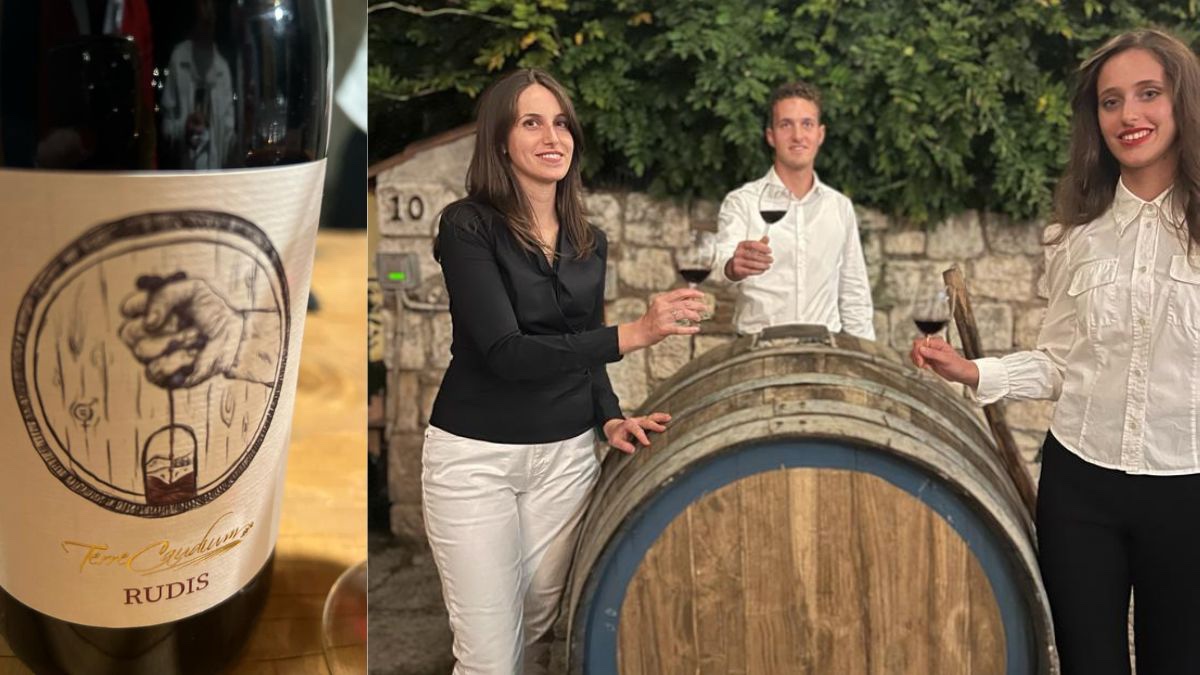


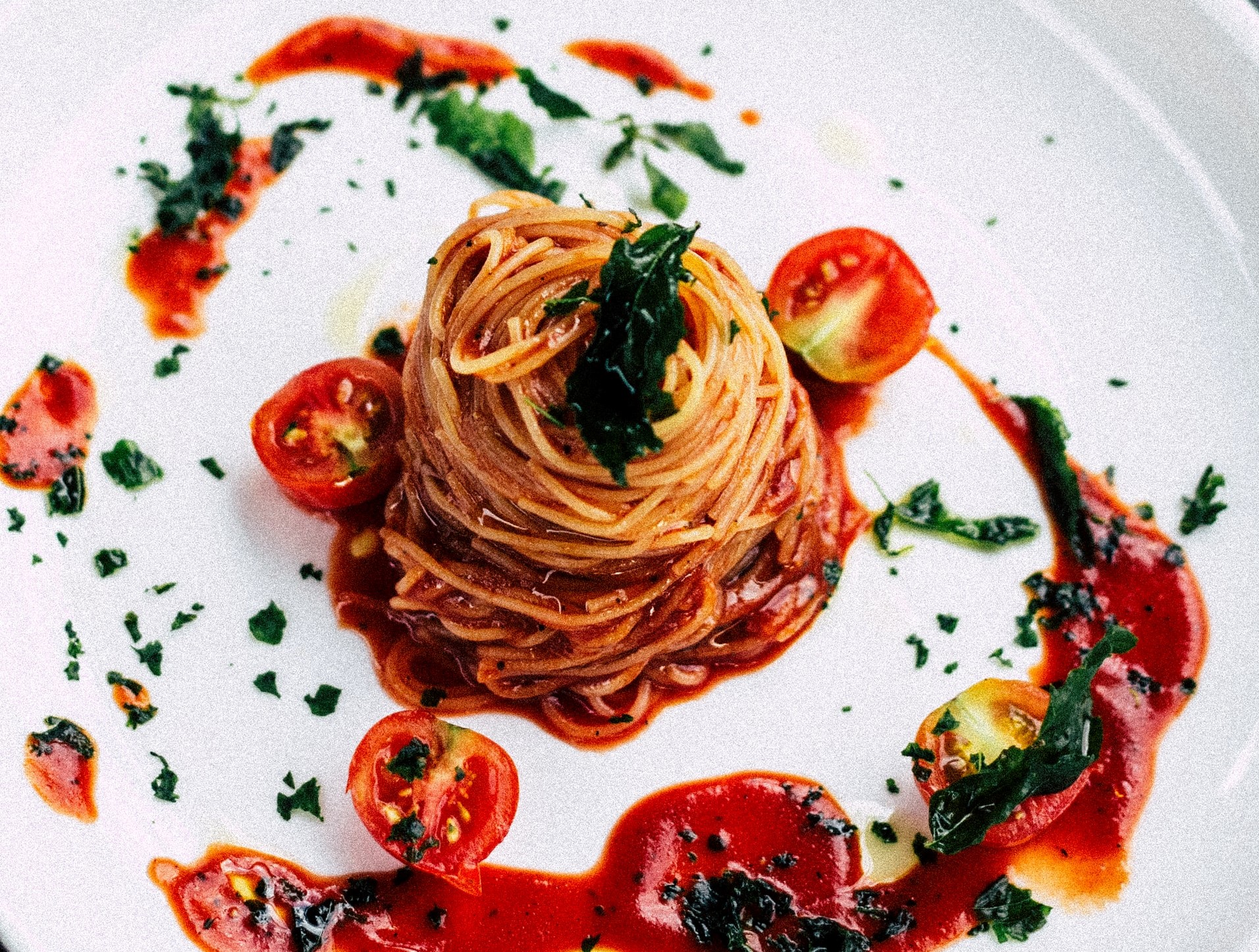

![Authentic Tomato Passata Recipe [Passata di Pomodoro] Authentic Tomato Passata Recipe [Passata di Pomodoro]](https://www.nonnabox.com/wp-content/uploads/2024/01/passata-vertical-3-nonna-box.jpg)
